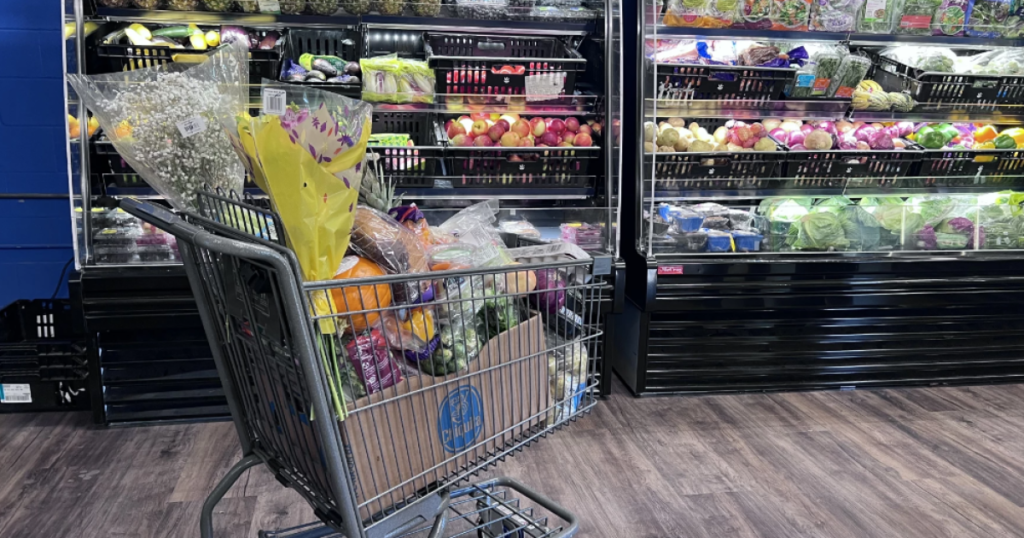A new report from Feeding America, a national nonprofit organization working to end hunger, found that food insecurity in New Hampshire increased by 44% from 2021 to 2022. The report also found that more than 135,200 New Hampshire residents were food insecure in 2022, nearly 1 in 10 New Hampshire residents.
Experts define food insecurity as a lack of consistent access to enough nutritious food to lead a healthy life.
The report found that 13.4% of children statewide were food insecure in 2022, up 4.9% from the previous year. The problem was most severe in Coos County, where the child food insecurity rate was 21.1%.
Local anti-hunger activists say demand for food assistance remains high as stagnant wages and rising living costs put strain on many people’s finances. Eileen Liponis, executive director of the New Hampshire Food Bank, said the organization expects a 9% increase in food distributions from April 2023 to April 2024.
“The burden from COVID has gone down, but the burden from inflation has gone up,” she said.
She said people experiencing food insecurity can visit more than 400 food pantries across the state, and she encouraged people to apply for the Supplemental Nutrition Assistance Program, also known as food stamps or SNAP, which provides additional funds for groceries to those who qualify.
Karen Hebert, who oversees New Hampshire’s SNAP program, said she’s also heard more from people needing help paying for food.
“At the end of April 2024, there were 42,385 households receiving SNAP benefits,” she said. “This is a 4.9% increase from the same time last year.”
Applications for SNAP benefits also increased 7% during the same period, she added.
She said part of the growth can be attributed to increased awareness about SNAP benefits in New Hampshire, including an expanded outreach campaign undertaken by the New Hampshire Food Bank.
Hebert said New Hampshire doesn’t track food insecurity, but the U.S. Department of Agriculture notes that New Hampshire’s food insecurity rates are lower than those reported by the Feeding America program. He said it’s useful to look at broader data on the issue.
More information about SNAP benefits can be found here, and a map of food bank distribution locations can be found here.


